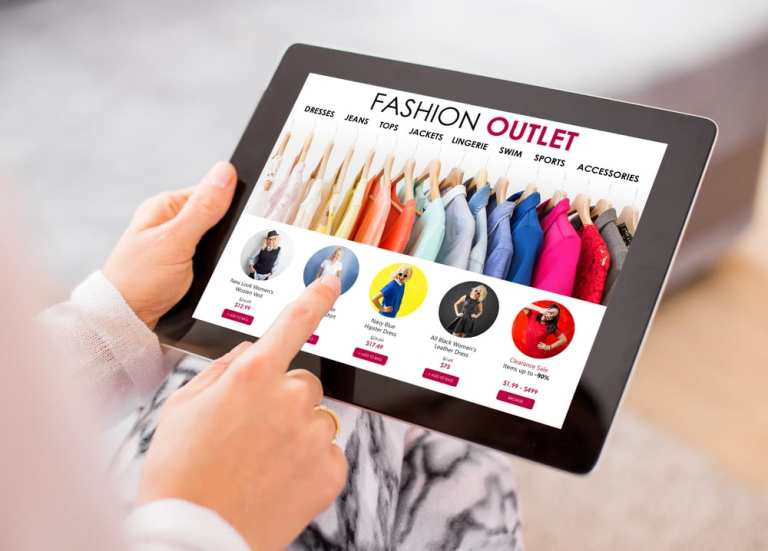
Apparel used to be mostly a brick-and-mortar retail experience, but that has changed drastically over the last few years – and has been one of the main innovations when it comes to commerce related to the clothes we wear.
Indeed, digital apparel sellers have been modifying their tactics to take a lot of the uncertainty out of online clothing purchases. Free returns and more generous return windows have taken a lot of the sting out of the process. Try-before-you-buy programs have exploded across a wide variety of retail sites in a number of variations, but all of them break down to the same general concept: The consumer receives some number of potential purchases to try on, keeps what they like, sends back what they don’t and is only charged for those items they ultimately keep (usually with a discount if they keep more than a certain number).
For Chennai, India-based women’s fashion brand eShakti – to take one recent example – making it easier for customers to rectify fashion purchase errors (or avoid them in the first place) is a good start. But at this point, it is also mostly table stakes in the race to bring apparel retail online. Better use of digital technology shouldn’t just recreate an in-store experience in an online context – it should actually use the digital toolbox to provide things consumers can’t get in stores.
Better Fit
For eShakti, that means making it possible for consumers to order their clothing pre-tailored to their actual measurements, as opposed to the stand sizing systems.
Like so many other areas of retail, apparel is becoming much more about the overall consumer experience. According to the PYMNTS Connected Consumer Playbook, “Consumers may not call that ‘omnichannel,’ but that’s clearly what they want their favorite merchants to enable for them.” In addition, shoppers see value in personalized offers that match their buying preferences, or the ability to use their phones to scan a tag and place an online order for an out-of-stock item.
From rue21 to Walmart, retailers in the clothing and accessories market are enabling ways to make shopping a little easier.
About one-quarter – or 26.8 percent – of existing customers indicate the most influential consumer experiences are well-coordinated online and in-store properties. For instance, retailers are providing shoppers with omnichannel experiences through offerings like buy-online-pick-up-in-store (BOPIS).
In recent times, fast fashion apparel retailer rue21 announced plans to bring the offering to more than 700 stores. Shoppers can check the availability of an item in the store closest to them, make the purchase online and pick up the product without paying shipping fees.
Personalized Offers
Just under 15 percent – or 14.3 percent – of existing customers indicate the most influential consumer experiences include personalized offers. And retailers are teaming up with players in the subscription box space to deliver personalized kids’ fashions to customers. Walmart, in one case, is teaming with KIDBOX to offer curated styleboxes for kids that customers can receive seasonally. Customers on Walmart.com can access styles from brands like C&C California, Butter Super Soft, Puma and BCBG.
Not only that, but roughly 7 percent – or 6.7 percent – of new customers indicate the most influential consumer experience is the ability to scan and pay with phones. The technology has been made famous by Amazon through its checkout-free Amazon Go stores. Recently, it was reported that one of the company’s newest cashierless stores went into service in Midtown Manhattan at 300 Park Avenue. The new location comes after the online retailer opened one of the concept locations in New York City in a mall. The company’s other Go locations are mainly on the West Coast in places such as San Francisco and Seattle.
Those are only some of the ways apparel retail is changing, with trends that promise to hold into the 2020s.